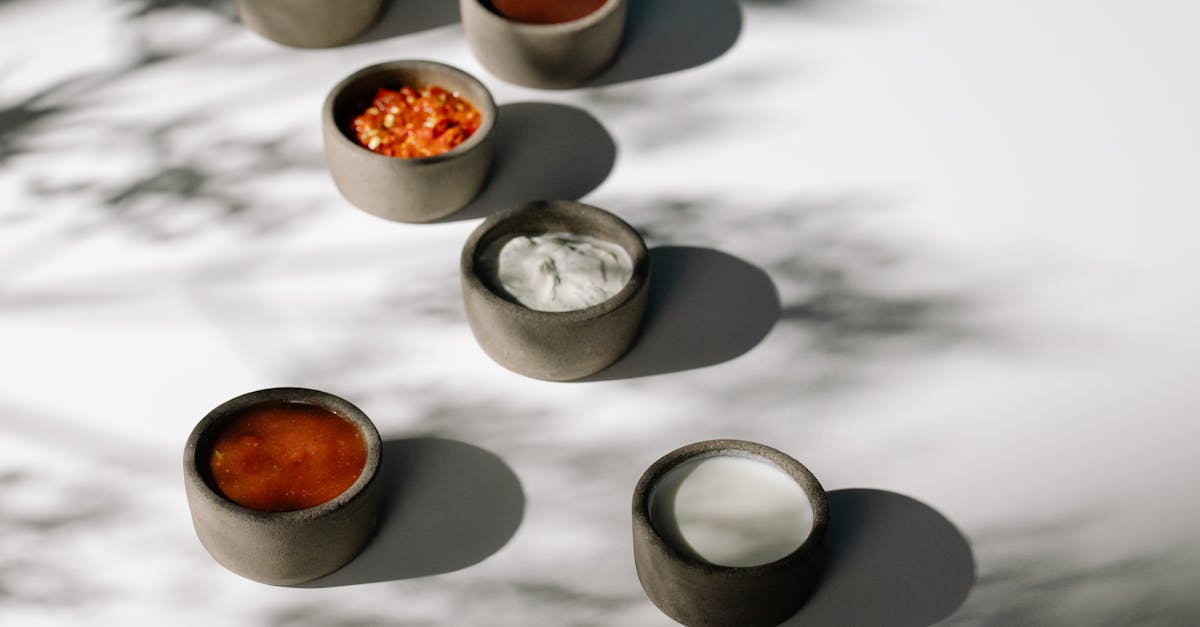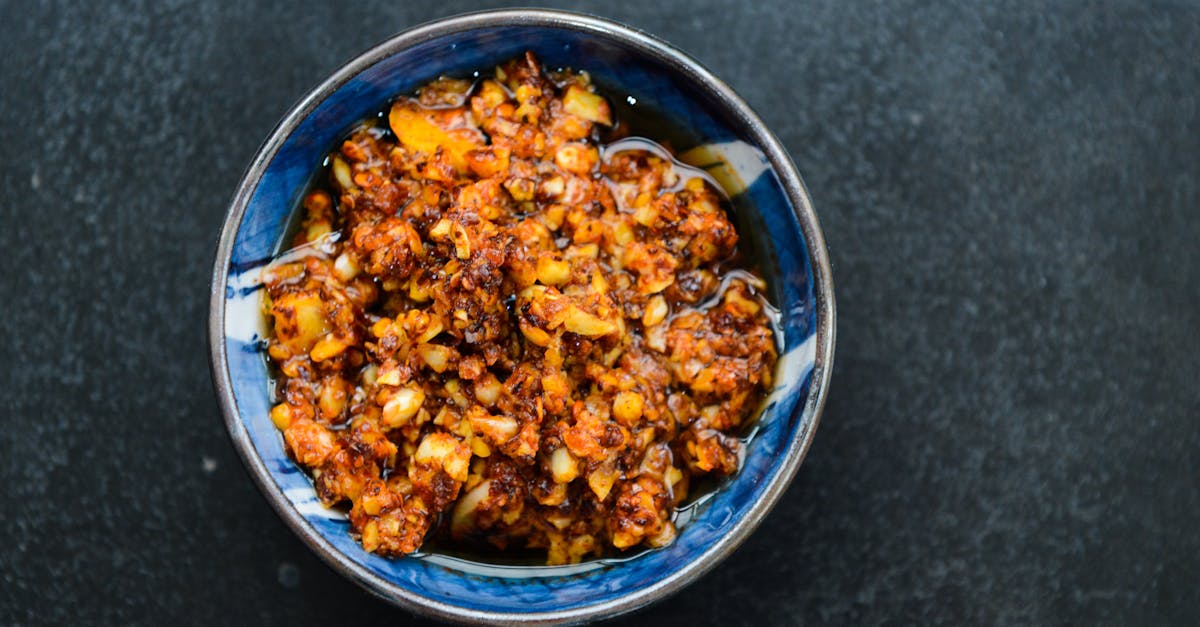Schezwan sauce and Schezwan chutney are two popular condiments that have become staples in Asian cuisine, particularly in Indian and Indo-Chinese dishes. While they share some similarities, they also have distinct characteristics that set them apart. This article will explore the key differences between these two flavorful condiments, helping you choose the right one for your culinary needs.
| Aspect | Schezwan Sauce | Schezwan Chutney |
|---|---|---|
| Base Ingredients | Chili peppers, garlic, ginger, and oil | Chili peppers, garlic, ginger, and vinegar |
| Texture | Thick and smooth | Chunky and coarse |
| Flavor Profile | Spicy and savory | Spicy with a tangy twist |
| Usage | Used as a cooking sauce or marinade | Served as a dip or side condiment |
| Spice Level | Generally hotter | Milder and less intense |
| Preparation Time | Usually quicker to prepare | May take longer due to ingredient chopping |
| Regional Variations | Common in Indo-Chinese cuisine | Can vary widely in Indian cuisine |
Base Ingredients
The primary ingredients in Schezwan sauce typically include chili peppers, garlic, ginger, and oil. The oil serves as a base that helps to infuse the flavors of the spices and produce a rich, cohesive flavor. In contrast, Schezwan chutney also incorporates chili peppers, garlic, and ginger, but it often includes vinegar as a key ingredient, giving it a distinctive tanginess that sets it apart from the sauce. This variation in base ingredients contributes to their unique flavor profiles.

Texture
When it comes to texture, Schezwan sauce is known for being thick and smooth. This consistency makes it easy to use in cooking, as it blends seamlessly with other ingredients. On the other hand, Schezwan chutney has a chunkier and coarser texture. The presence of chopped vegetables or herbs in the chutney gives it a more rustic feel, making it ideal for serving as a condiment alongside meals.

Flavor Profile
The flavor profile of Schezwan sauce is predominantly spicy and savory. It offers a robust taste that enhances the dishes it accompanies, making it a favorite in many recipes. Schezwan chutney, while also spicy, introduces a tangy twist due to the vinegar, providing a more complex flavor that can balance out rich and heavy dishes. This difference in flavor makes each condiment suitable for different culinary applications.

Usage
Schezwan sauce is often used as a cooking sauce or marinade, ideal for stir-frying or grilling vegetables, meats, and tofu. Its thick consistency ensures that it adheres well to the ingredients, infusing them with flavor during the cooking process. Conversely, Schezwan chutney is typically served as a dip or side condiment. It pairs well with snacks like spring rolls, samosas, and even as a spread on sandwiches, enhancing the eating experience without overpowering the main dish.

Spice Level
Generally, Schezwan sauce is considered to be hotter than Schezwan chutney. The concentrated chili content in the sauce gives it a fiery kick, making it a favorite for those who enjoy intense spice. In comparison, Schezwan chutney tends to be milder and less intense, which makes it more approachable for those who may not handle extreme heat well. This difference can influence your choice depending on the spice tolerance of your guests or family.

Preparation Time
In terms of preparation time, Schezwan sauce is usually quicker to prepare, as it often involves blending the ingredients together and cooking them briefly to meld the flavors. Schezwan chutney, however, may take longer due to the need for chopping vegetables and cooking them down to achieve the desired consistency. This can make chutney a more time-consuming option for those looking to whip up a quick meal.

Regional Variations
Finally, the regional variations of these condiments differ significantly. Schezwan sauce is commonly associated with Indo-Chinese cuisine, where it is used extensively in various dishes. In contrast, Schezwan chutney can vary widely in Indian cuisine, with each region offering its unique take on the chutney, incorporating local spices and ingredients. This diversity adds to the richness of Indian culinary traditions and allows for a wide range of flavor experiences.

FAQ
What is the main difference between Schezwan sauce and Schezwan chutney?
The main difference lies in their ingredients and textures; Schezwan sauce is thicker and smoother, primarily made with oil, while Schezwan chutney is chunkier and often includes vinegar, giving it a tangy flavor.
Can I use Schezwan sauce and chutney interchangeably?
While they can sometimes be used interchangeably, it’s important to note that the flavor profiles differ. If a recipe calls for one, using the other may alter the intended taste.
Is Schezwan chutney spicy?
Yes, Schezwan chutney is spicy, but it is generally milder than Schezwan sauce, making it more suitable for those who prefer less heat.
How can I store leftover Schezwan sauce or chutney?
Both can be stored in an airtight container in the refrigerator. They usually last for a week or two, but it’s best to check for any signs of spoilage before use.
Are there health benefits to using these condiments?
Both Schezwan sauce and chutney can offer health benefits due to their ingredients. Chili peppers contain capsaicin, which may boost metabolism, and garlic is known for its immune-boosting properties. However, moderation is key, especially considering their sodium content.
References:
– [National Center for Biotechnology Information](https://www.ncbi.nlm.nih.gov/)
– [Food Safety and Inspection Service](https://www.fsis.usda.gov/)
